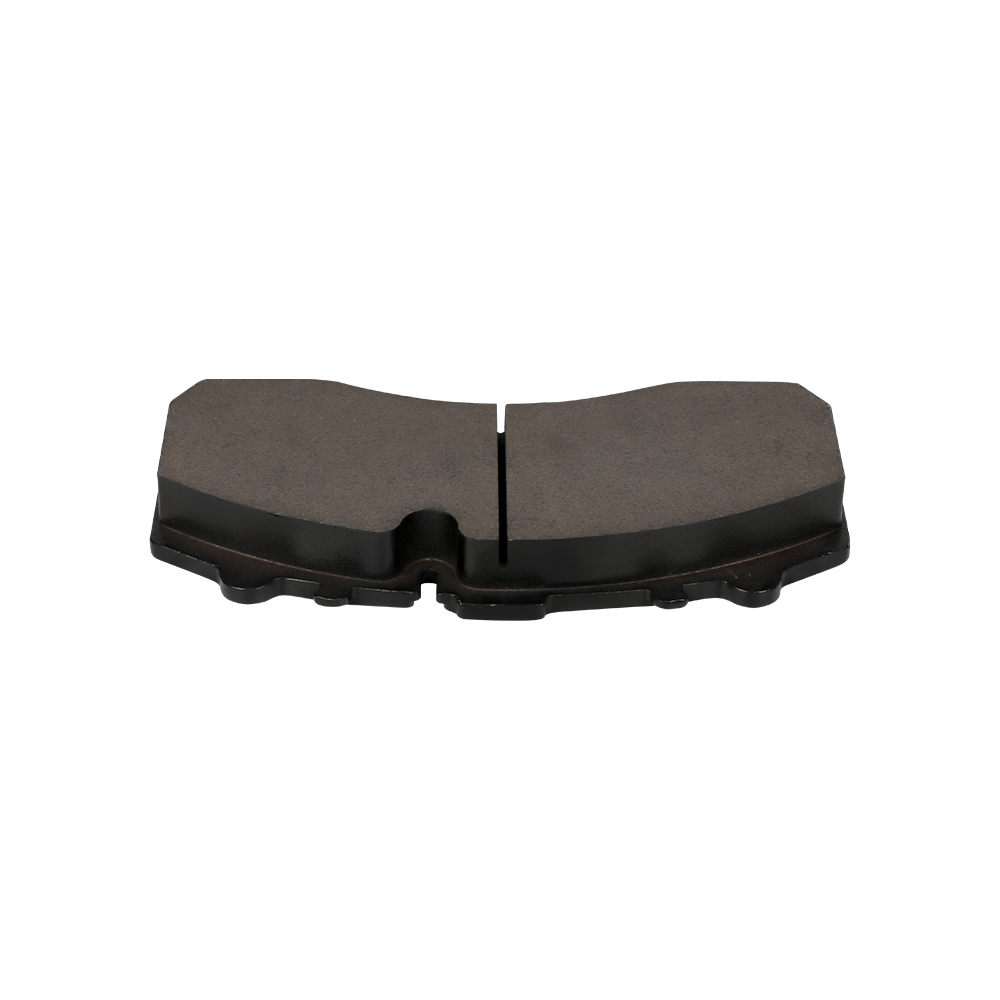How does the cooling effect of Disc Brake Pads performance manifest itself in terms of ventilation?
The cooling effect of disc brake pads performance is closely tied to the ventilation of the braking system. Proper ventilation helps manage the heat generated during braking, which is crucial for maintaining optimal brake performance. Here’s how the cooling effect manifests in terms of ventilation:
Ventilated rotors, also known as vented or slotted rotors, are designed with internal passages or fins. These structures improve heat dissipation by increasing the surface area exposed to airflow and enhancing heat transfer away from the braking surfaces.
As the vehicle moves, air flows through the ventilation channels of the rotor. This airflow helps to cool the rotor and, consequently, the brake pads. By efficiently removing heat, ventilated rotors help prevent the brake system from overheating.
Some high-performance or heavy-duty brake pads incorporate ventilation features, such as cooling slots or grooves. These features facilitate better air circulation between the pad and rotor surface, improving the dissipation of heat.
Brake pads made from materials with high thermal conductivity, like metallic or ceramic compounds, help in transferring and dissipating heat more effectively. These materials are often used in conjunction with ventilated rotors to enhance overall cooling.
Effective ventilation helps to prevent brake fade, a condition where brake performance diminishes due to overheating. By keeping the temperatures within an optimal range, ventilation ensures that the brake pads maintain their stopping power and effectiveness.
Proper cooling through ventilation reduces the risk of overheating, which can cause accelerated wear and tear on the brake pads and rotors. This leads to a longer lifespan for the brake components.
Different rotor designs, such as slotted or drilled rotors, can further enhance ventilation. Slotted rotors have grooves that help to vent gases and heat away from the braking surface, while drilled rotors feature holes that improve cooling by allowing air to pass through.

Some high-performance vehicles and racing setups use brake ducts to direct additional airflow to the rotors. These ducts are specifically designed to enhance cooling by channeling air directly onto the braking surfaces, providing a significant boost to the cooling effect.
In high-performance or heavy-duty applications, such as racing or towing, enhanced ventilation is critical. These conditions generate more heat, making effective cooling even more essential to prevent brake performance issues and maintain safety.
For standard driving conditions, basic ventilation provided by standard rotors and pads is usually sufficient. However, in situations requiring frequent braking, such as mountainous terrain, improved ventilation can help maintain consistent braking performance.
Ensuring that ventilation features are clean and unobstructed is important for maintaining effective cooling. Debris or dirt clogging ventilation channels can reduce the efficiency of heat dissipation.
The overall design and integration of the braking system components, including the rotor ventilation and pad design, play a crucial role in the effectiveness of cooling. Proper alignment and fitting of these components are essential for optimal performance.
The cooling effect of disc brake pads performance is significantly influenced by the ventilation of the braking system. Ventilated rotors and cooling features in brake pads work together to manage heat, reduce brake fade, and extend the lifespan of the brake components. Proper design, maintenance, and understanding of driving conditions are key to ensuring that ventilation effectively supports braking performance.





 中文简体
中文简体 English
English














